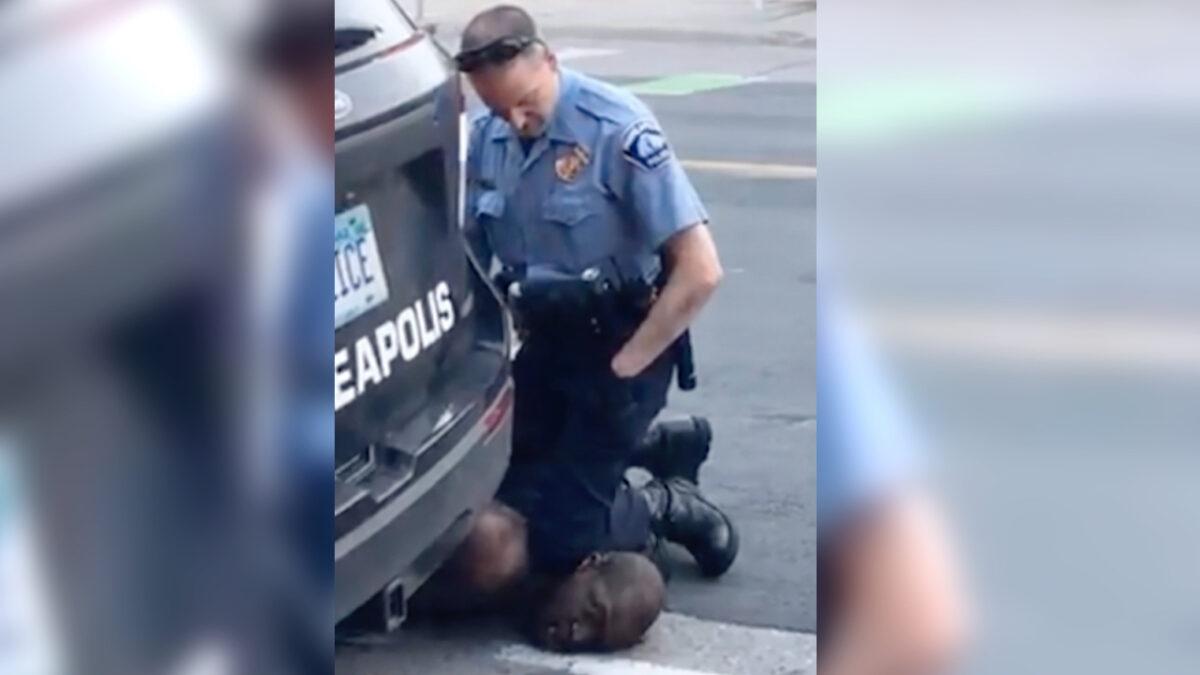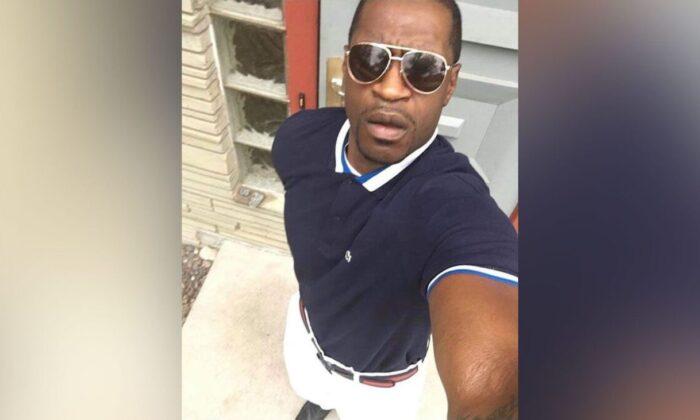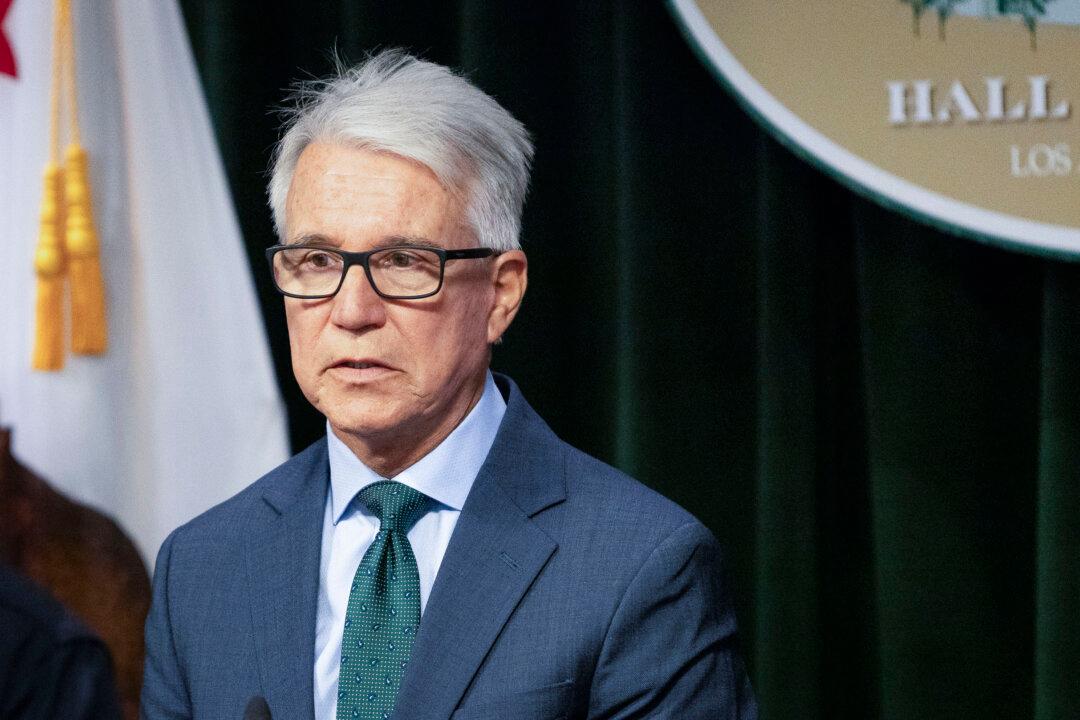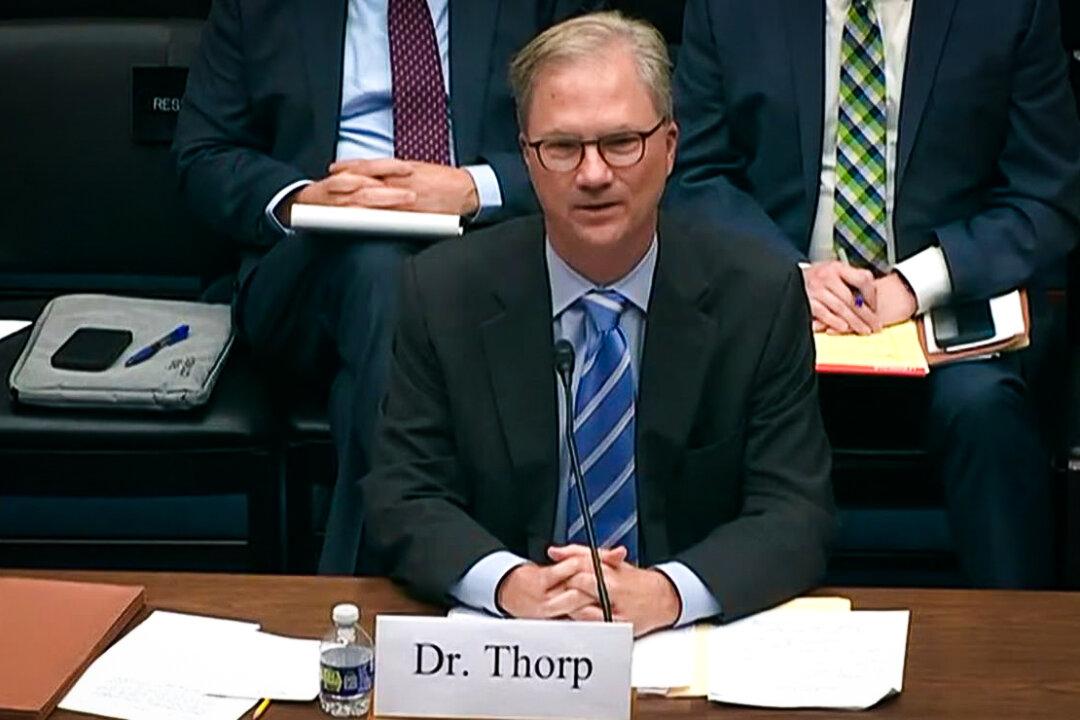An independent autopsy commissioned by George Floyd’s family concluded the Minneapolis man died from being deprived of oxygen, or asphyxiation.
Dr. Michael Baden, who served as chief medical examiner for New York City in 1978 and 1979, said at a press conference Monday that Floyd’s cause of death was “asphyxia due to compression of the neck.”
Baden performed the independent autopsy with Dr. Allecia Wilson, director of autopsy and forensic services at Michigan Medicine.
The doctors said it appears Floyd died at the scene of arrest from sustained pressure on the right side of carotid arteries, which are major blood vessels in the neck. Weight on Floyd’s back from two police officers also impeded his ability to breathe, according to the new autopsy.
Wilson and Baden said they used video footage to help them determine the cause of death.
“The knee to his neck and the knees to his back both contributed to him not being able to get breath,” Benjamin Crump, who is representing Floyd’s family, told reporters. “And what those officers did, that we see on the video, is the cause of his death, not some underlying, unknown health condition.”


Derek Chauvin and three other officers responded to a call on Memorial Day and forcefully restrained Floyd, who was not armed. Chauvin knelt on Floyd’s neck for nearly nine minutes even as the man complained he couldn’t breathe while two other officers restrained him elsewhere. Chauvin’s knee remained in place for almost two minutes after Floyd stopped moving and talking, according to the the Hennepin County Medical Examiner.
Floyd, who was arrested on suspicion of forgery, was rushed to a hospital but declared dead.
The death sparked protests and riots across the nation as accusations of racial injustice flew. The officers who participated in the arrest are white or Asian. Floyd was black.
The county medical examiner said in preliminary findings last week included in Chauvin’s criminal complaint that Floyd appeared to have died from a combination of heart disease, “potential intoxicants in his system,“ and ”being restrained by the police.”
“Police are trained that this type of restraint with a subject in a prone position is inherently dangerous,” the document notes.
Wilson said that additional medical information, including toxicology findings, are necessary for a final report. But the evidence available now points to mechanical asphyxia as the cause of death and homicide as the manner of death.
Second autopsies are important to confirm and/or dispute the original diagnosis, to answer unanswered questions, and determine the cause of manner of death, she said. At the same time, they have limitations because the tissues aren’t in their original state and pathologists may hold back some items.
Floyd’s attorneys want Chauvin to be charged with first-degree murder. He is being held on third-degree murder and second-degree manslaughter charges.






Friends Read Free